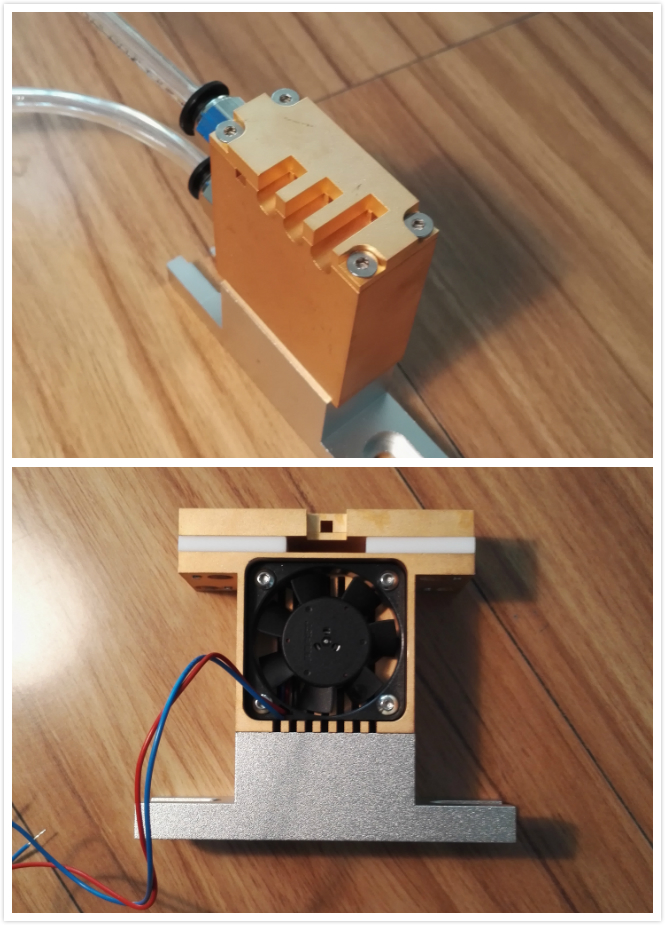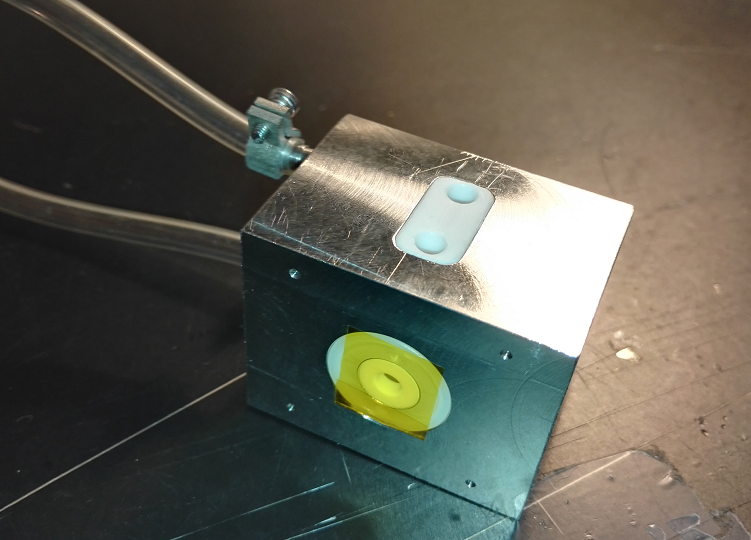This paper mainly studies the possible factors that lead to the loss of CTM in components, and focuses on the causes of the difference in CTM between monocrystalline and polycrystalline components. The difference between optical loss and BO composite determines that the CTM loss of the polycrystalline component is less than that of the single crystal component. For the boron oxide composite loss, the method can be improved, but for the difference of optical loss, there is no better solution for the single crystal. .
With the rapid development of the photovoltaic industry, crystalline silicon solar cells and their components have become research hotspots to maximize the benefits of solar cell modules. The battery package is a component that not only ensures the voltage, current and output power of the battery, but also protects the battery from environmental damage and mechanical damage. After the crystalline silicon solar cell is packaged as a component, the difference between the power of the component (actual power) and the power of all the cells (theoretical power) is called the component package power loss, and the calculation formula is: component power loss = ( Theoretical power - actual power) / theoretical power.
Usually we use the percentage of component output power and cell power sum (Cell To Module referred to as CTM value) to indicate the degree of component power loss. The higher the CTM value, the smaller the component package power loss. If the CTM value is low, the output power of the component may not meet the expected requirements, and the customer's complaint will eventually result in loss of economic benefits.
In contrast, if the CTM value can be increased, the increase in the output power of the component will increase the profitability of the company's component products, and the purpose of reducing the production cost has been achieved. The CTM difference between the single crystal component and the polycrystalline component was found to be large during the production of the component product. In the case that the production process of the components is completely consistent, the CTM loss of the single crystal module is higher than that of the polycrystalline component. This paper mainly studies the difference of the CTM of the single crystal and the polycrystalline component, and explains the different intrinsic reasons of the single polycrystalline component CTM.
1, component CTM factors
There are many factors that affect CTM, including:
A. Optical loss: optical reflection caused by different velvet surface, reflection loss caused by glass and EVA, etc.
B. Resistance loss, series resistance loss of the cell itself, solder ribbon, loss due to resistance of the bus bar itself, contact resistance caused by poor solder ribbon, and resistance of the junction box.
C. Current mismatch loss caused by series connection of different current cells, mismatch loss due to mismatch of current at the maximum operating point of each cell of the components (bin, inefficient film mixing).
D. Heat loss, the output power of the component will increase due to the increase in temperature.
The EB-O composite causes a decrease in cell efficiency and loss with intrinsic decay.
F. Cracks or fragments are generated during the production of the component.
The factors affecting the difference in CTM between single crystal and polycrystalline components mainly include two aspects, optical loss and boron-oxygen composite loss. The difference in optical loss is mainly due to the different texturing process of single polycrystalline battery products, and the difference in reflectivity is relatively large; the difference in BO composite loss is different in the growth process of single polycrystalline raw material sheets, which is introduced in the process of single crystal raw materials. The boron-oxygen pair is more than the polycrystalline material. The design experiments in this paper mainly focus on the above two experimental design, and analyze the causes of the difference in CTM of single polycrystalline components.
2, experimental design
2.1, experimental samples
The sample was collected from the production line of Jingao Battery. The thickness of the silicon wafer used was 200μm, the single crystal and polycrystalline battery sheets with resistivity of 1-3Ω.cm were 20 pieces each, and 20 single crystal cells were of the same power position. 20 polycrystalline cells are in the same power position.
2.2, experimental steps
Single-polycrystalline cells were selected for 10 LID tests; single polycrystalline cells were selected for 5 quantum efficiency (QE) tests; single polycrystalline cells were selected for 5 devices using the same soldering and packaging process to make small components. And carry out QE testing.
2.3, experimental test
10 pieces of battery are first measured for various parameters such as power, and then continuously irradiated for 5 hours (control light intensity 1000w/m2) under steady-state solar simulator or natural sunlight conditions, and then re-detect power and other parameters after completion, and analyze the battery before and after the experiment. The power loss of the chip is the LID test.
QE quantum efficiency refers to the quantum efficiency of a cell sheet as the ratio of the number of charge carriers of a solar cell to the number of photons that are irradiated on the surface of the solar cell. When a certain wavelength of light is irradiated on the surface of the battery, the average number of carriers that can be generated per photon is the quantum efficiency of the solar cell, and also becomes the spectral response, referred to as QE.
Coupletech Co., Ltd also supplies water cooled modules, air cooled modules and heat-sink system for high power laser. Usually we need to use all kinds of methods, e.g. water cooling, air cooling and heat sink to make the Laser Crystal, nonlinear crystal and Pockels Cell work normally within specified operating temperature range. Thus we need crystal mounts with water cooling, air cooling or heat sinking.


Narrow Aluminium Optical Rail,Narrow Aluminium Rail Carriers,Aluminium Optical Rails
Coupletech Co., Ltd. , https://www.coupletech.com